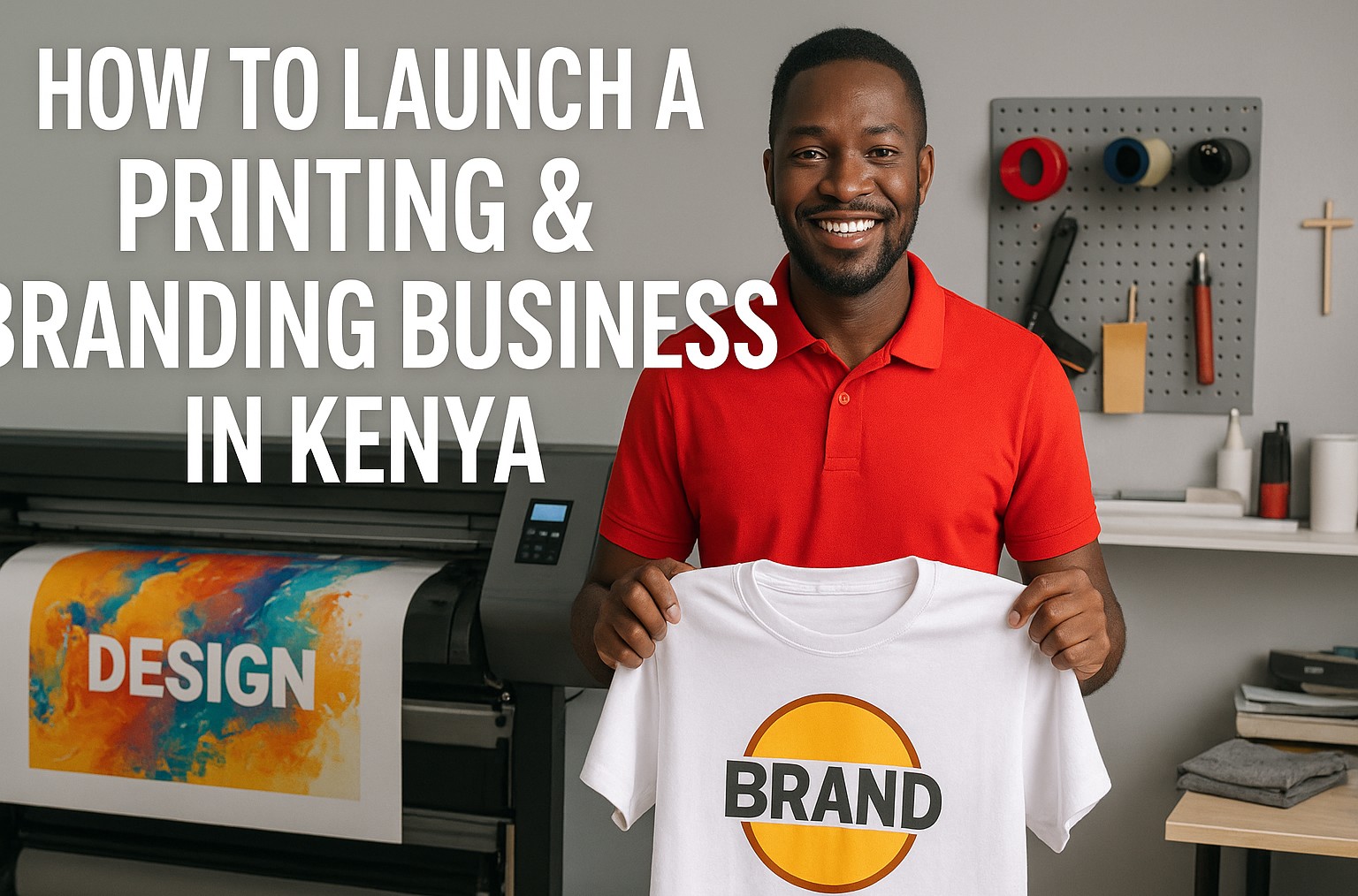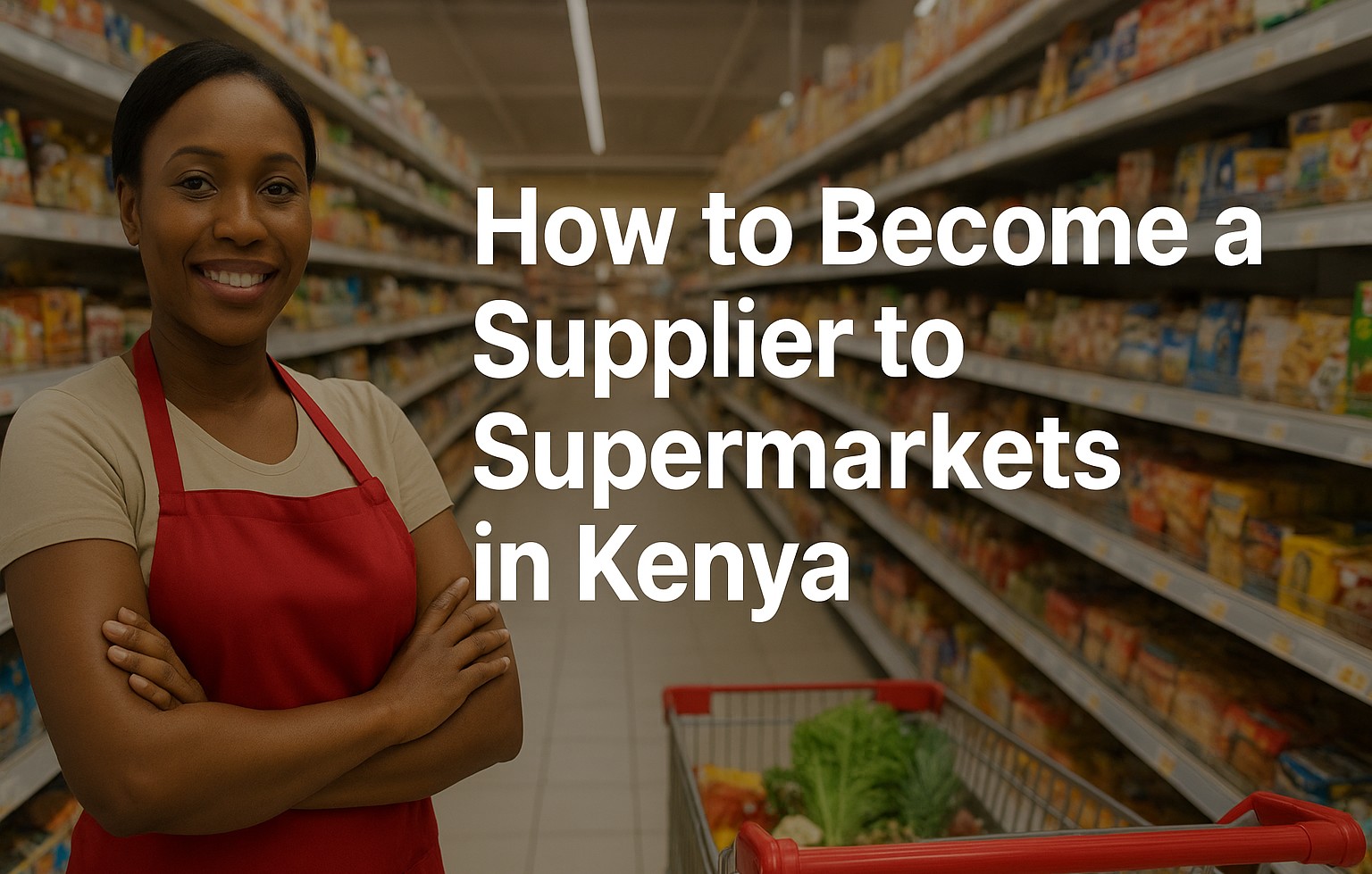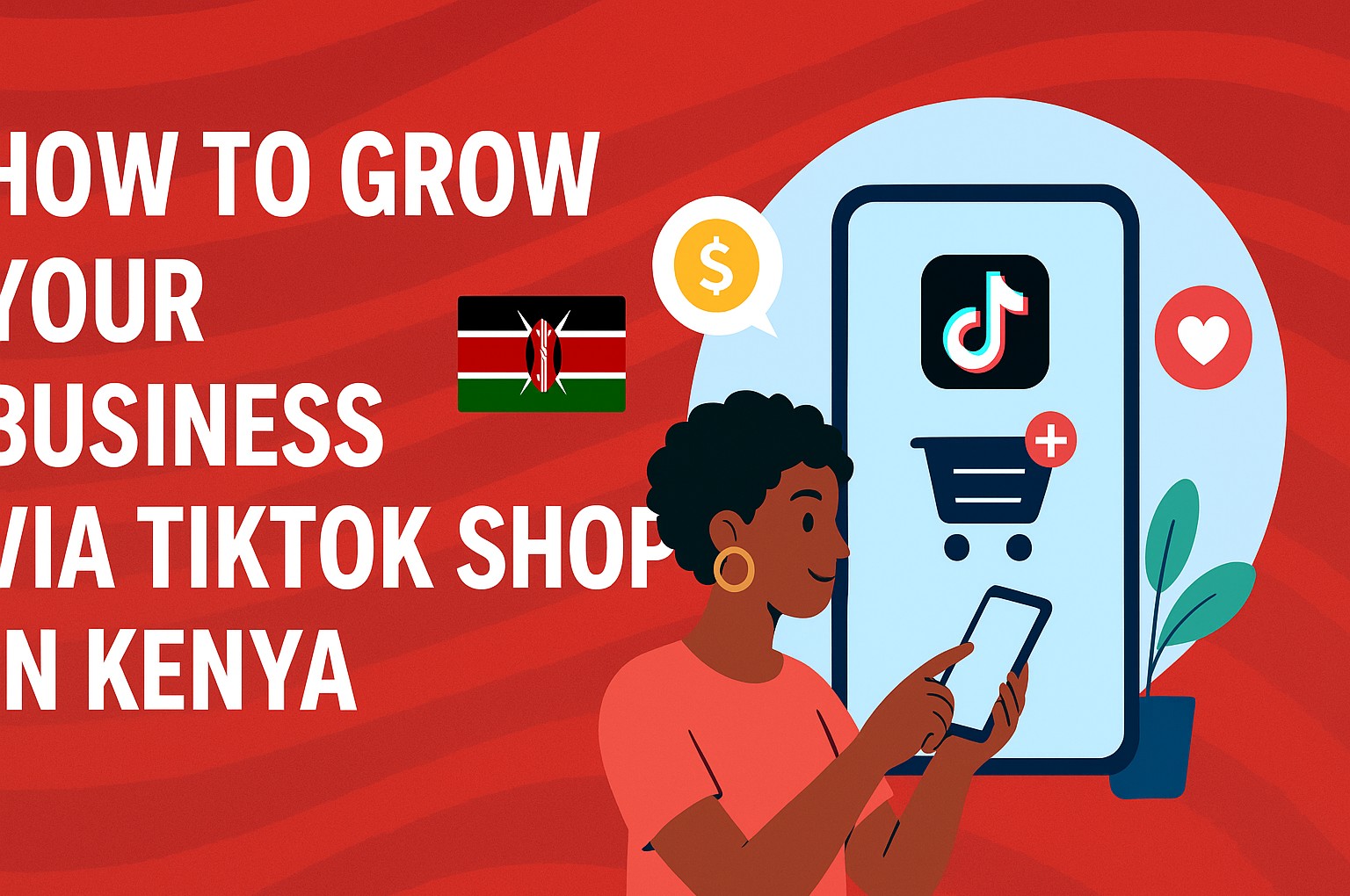

Titus Morebu
Author
How to Launch a Printing & Branding Business in Kenya (2025 Edition)
Turn your creative vision into profit: a practical, up-to-date guide to starting a printing & branding business in Kenya with minimal risk.
Thinking of combining creativity and commerce? 🎨 A printing and branding business can be highly rewarding if planned well. This guide walks you through how to start and scale such a business in Kenya—while optimizing for visibility on search engines and AI tools.
Why Printing & Branding Is a Smart Business in Kenya Right Now
- High demand from SMEs & organizations: Every business, school, church or event needs signage, branded apparel, promotional materials, and stationery.
- Low entry barriers: Entry-level equipment (heat press, vinyl cutter, mid-size printer) is increasingly accessible.
- Scalability: You can begin in a small shop or from home and expand into large-format, bulk orders, or serve the East Africa region.
- Recurring work: Clients often return for new campaigns, events, replenishment, seasonal promos.
Step 1: Validate & Define Your Niche
Rather than offering everything, starting with a niche helps you master processes and win loyal clients. Some possible niches:
- School uniforms, club kits, and spirit wear
- Corporate branding bundles (shirts, mugs, banners) for SMEs
- Event merchandise: weddings, funerals, political campaigns
- Promotional items: pens, notebooks, stickers
- Large signage: banners, vehicle wraps, posters
Test your idea by asking potential clients: “Where do you currently get branding done? What are your pain points?”
Step 2: Legal Setup & Compliance
Business registration & licenses
Register your business (sole proprietor, limited company, or others) with the relevant Kenyan authorities. Obtain a KRA PIN, a county business permit, and ensure tax compliance.
Permits and operating licence costs
Permits can cost between KSh 80,000 and KSh 200,000 depending on shop size and location. In Nairobi or other cities, rent is a significant cost. If your operation is home-based initially, your permit costs may be lower. (Screen printing-focused setups often reference this range.)
Trademark & intellectual property
Protect your brand name and logo by applying for trademark registration. This gives you legal standing if someone copies your brand identity.
Step 3: Equipment, Tools & Materials
Your equipment needs depend on your niche and scale. Here’s a tiered approach:
Starter setup
- Heat press machine (preferably 38×38 cm or larger)
- Vinyl cutter / plotter
- A3/A4 sublimation or digital printer
- Computer + design software (Adobe, Affinity, or free tools like GIMP)
- Assorted blanks: plain tees, mugs, caps, tote bags, sticker sheets
- Finishing tools: cutters, eyelet makers, heat tape, masking film
Growth / mid-tier upgrades
- DTF (Direct to Film) printer for full-color transfers
- Eco-solvent or UV flatbed printer for signage and rigid media
- Large-format roll-to-roll printer for banners and signage
- Automatic screen printing carousel (for bulk shirt orders)
Supplies & consumables
Stock inks, vinyl rolls, sublimation paper, mask films, coating supplies, packaging boxes. Always have buffers to avoid downtime.
Step 4: Costing & Pricing Strategy
How to compute cost per unit
Break down:
- Blank cost (plain shirt, mug, etc.)
- Consumables (ink, film, transfer paper, cleaning chemicals)
- Labor & utility allocation (electricity, machine upkeep, operator time)
- Packaging / finishing (boxes, wrapping, labeling)
Profit margins & markups
Typical gross margins can range 30–60%, depending on scale, niche, and efficiency. Bundling items (e.g., shirt + mug + banner) improves average order value (AOV).
Step 5: Workflow & Quality Control
Define a consistent process:
- Client brief & artwork submission (specify file formats, color modes, margins)
- Mockup / proof for client approval
- Sample / test print (especially for large or custom orders)
- Batch production
- Final inspection & QC (check colors, alignment, defects)
- Packaging & delivery
Allow for small reprint margins and document every approved proof for dispute handling.
Step 6: Branding, Positioning & Marketing
Build your online presence
Create a clean, responsive website. Optimize for local search (e.g. “printing business in Nairobi”) and include a portfolio, service pages, and contact forms. Use proper title tags, meta descriptions, internal linking, and schema markup to help AI crawlers.
Social media & content
Post behind-the-scenes of printing work, before/after transformations, client stories. Use Instagram, Facebook, TikTok reels. Use short tutorials or timelapse of the printing process. Add click-to-WhatsApp links for inquiries.
SEO & high-authority external links
Link to trusted resources (Wikipedia pages about printing methods, government trade portals, educational resources) when discussing technical topics. Use descriptive anchor text (e.g. “learn about sublimation printing techniques”) and open in new tabs. For affiliate or promotional links, use nofollow when needed. One to three quality external links per blog post is enough.
Offline & partnerships
Partner with event planners, schools, churches, local businesses. Offer referral discounts. Display sample products at co-working spaces or trade fairs.
Step 7: Financials & Break-Even Planning
Startup investment estimate
- Starter setup: KSh 150,000 – 400,000 (machines, blanks, rent, branding)
- Mid-tier expansion: additional KSh 300,000 – 800,000 (large-format, additional machines)
Monthly operating expenses
- Rent (KSh 15,000–40,000 depending on area)
- Utilities & internet
- Materials restock
- Staff wages
- Marketing / ads
- Machine maintenance & consumables
Calculating break-even
If your fixed monthly cost is KSh 120,000 and your average profit per job is ~KSh 3,000, you need about 40 jobs/month (≈ 10 per week) to break even. Optimizing operations, bundling, and upselling helps reduce that burden.
Step 8: Growth Strategies & Trends to Watch
Eco & sustainable branding
Offer organic cotton, water-based inks, recyclable packaging, and market an “eco line” to attract conscious clients.
Personalization & on-demand printing
Accept one-off orders (e.g. custom names, photos) via social media, WhatsApp & MPESA, with promised quick turnaround (24–48h).
Value-added services
Add design, branding consultancy, digital mockups, and marketing collateral services to increase margins.
Data & analytics branding
Embed QR codes on materials leading to landing pages. Provide clients data on scans or clicks to demonstrate ROI.
Regional expansion & exports
Once stable locally, supply regional clients in East Africa or export branded merchandise overseas.
Common Challenges & How to Mitigate Them
- Power outages / unreliable utilities: Consider backup UPS or generator.
- Low-quality artwork from clients: Provide clear artwork submission guides (bleed, margins, resolution).
- Seasonality: Plan for slow months; diversify clients and product types.
- Equipment downtime: Have spare parts, service contracts, and backups.
- Cash flow constraints: Ask for deposits or full prepayment for custom orders.
Checklist Before You Launch
- Business registration, permits, and tax compliance
- Trademark / brand name protection
- Essential equipment & backup supplies
- Workflow, QC system, and template designs
- Website, social media, and basic portfolio
- Supplier contracts & reordering system
- Budget for marketing and launch promos
- Soft launch with friends / test clients before full rollout
Final Thoughts
Starting a printing and branding business in Kenya combines creativity, technical skill, and business discipline. By moving step by step, focusing on a niche, controlling costs, and building brand visibility, you can build a sustainable and scalable venture. Stay adaptable, keep quality high, and always seek feedback. Your brand—and your clients’—will grow together. 🚀
Gallery

Related Articles
3 articles
How to Become a Supplier to Supermarkets in Kenya – A Step-by-Step Guide 🌟
Learn how to register, pitch, and win supply contracts with Kenyan supermarkets. Step-by-step process, tips, and legal requirements — your roadmap to success.

Best Money-Saving Strategies for Kenyan Small Business Owners
Practical and actionable tips for small business owners in Kenya to cut costs, boost profits, and build resilience in 2025.

How to Grow Your Business via TikTok Shop in Kenya 🚀
Unlock TikTok Shop Kenya strategies to boost sales, visibility and customer trust with proven tactics for 2025 success.